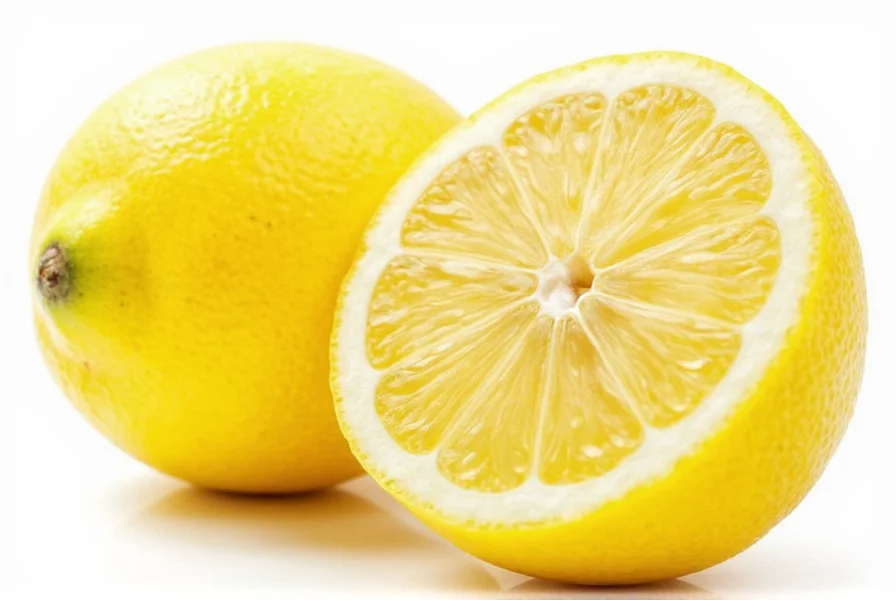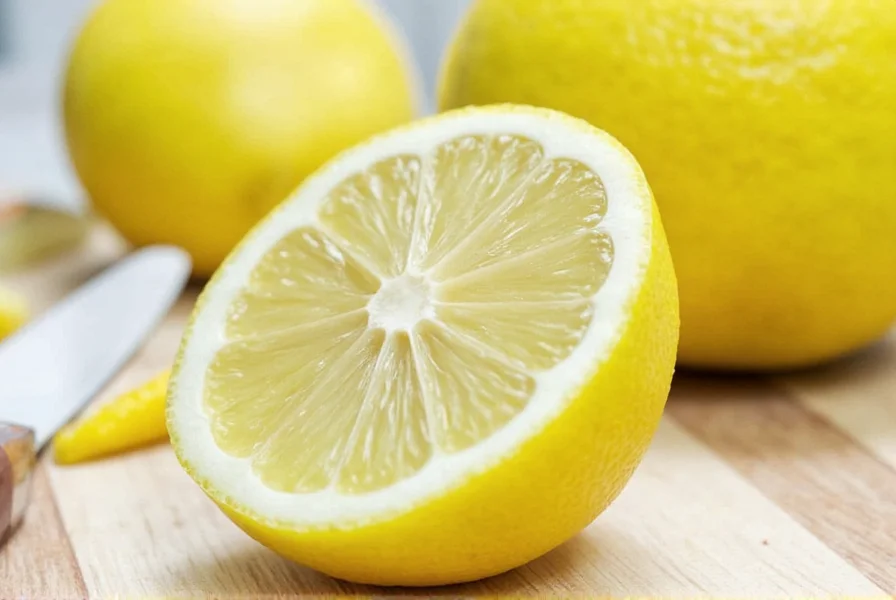Table of Contents
Introduction to Lemon Rind
Lemon rind, also known as zest, is the thin, colored outer layer of a lemon that contains concentrated essential oils responsible for its intense flavor and aroma. Unlike the bitter white pith beneath it, the rind is packed with volatile compounds like limonene that provide powerful citrus notes without excessive acidity. This versatile component is essential for elevating both sweet and savory dishes when used correctly.
Lemon Rind vs. Lemon Juice: Key Differences
While both come from lemons, the rind and juice serve distinct culinary purposes due to their chemical composition:
| Feature | Lemon Rind | Lemon Juice |
|---|---|---|
| Flavor Profile | Intense, aromatic, slightly bitter | Tangy, acidic, bright |
| Texture | Fine, dry, granular when grated | Smooth liquid |
| Primary Compounds | Limonene, citral, terpenes | Citric acid, ascorbic acid |
| Culinary Applications | Baking, infusions, dry rubs, garnishes | Marinades, dressings, beverages, cooking |

Practical Culinary Uses of Lemon Rind
Lemon rind enhances dishes through its volatile oils, which release fragrance when exposed to heat or mechanical action. Key applications include:
- Baking: Adds bright citrus notes to cakes, cookies, and pastries without increasing acidity
- Infusions: Creates aromatic oils for cooking oils, vinegars, or spirits
- Marinades: Tenderizes proteins while imparting complex flavor
- Condiments: Boosts dressings, sauces, and dips with concentrated aroma
- Candied Treats: Forms the base for sweet, zesty confections
Top 10 Expert Tips for Using Lemon Rind
- Use a Microplane Grater: Ensures only the colored portion is extracted, avoiding bitter pith
- Wash Lemons Thoroughly: Removes pesticides and wax before zesting
- Grate Just Before Use: Preserves volatile oils that degrade quickly
- Store Properly: Freeze grated rind in oil for long-term preservation
- Balance with Sweetness: Pair with sugar or honey to counteract bitterness
- Avoid Pre-Grated Rind: Freshly grated provides 3x more aroma
- Use in Beverages: Adds complexity to cocktails, teas, and infused water
- Create Lemon Oil: Infuse olive oil with rind for gourmet cooking
- Enhance Sauces: Stir in at the end of cooking to preserve flavor
- Experiment with Citrus Varieties: Try lime, orange, or grapefruit rind for unique profiles

Frequently Asked Questions About Lemon Rind
What exactly is lemon rind?
Lemon rind refers to the thin, colored outer layer of a lemon (yellow or greenish-yellow), also called zest. It contains concentrated essential oils that provide intense flavor and aroma, distinct from the bitter white pith underneath.
Is lemon rind the same as lemon zest?
Yes, "lemon rind" and "lemon zest" are interchangeable terms referring to the colored outer layer. When recipes specify "zest," they mean only the colored portion without the bitter white pith.
What's the difference between lemon rind and lemon peel?
"Rind" specifically means the colored outer layer (zest), while "peel" typically includes both the colored layer and the white pith. In culinary contexts, recipes generally require only the rind/zest.
Can you eat lemon rind?
Yes, lemon rind is completely edible and nutrient-dense. Always wash lemons thoroughly before use, and prefer organic varieties to avoid pesticide residues on the skin.
What are the health benefits of lemon rind?
Lemon rind contains higher concentrations of vitamin C, fiber, and beneficial compounds like limonene than juice. It supports digestion, boosts immunity, and provides antioxidant and anti-inflammatory properties through flavonoids.
How do you store lemon rind?
Store unused grated rind in an airtight container in the refrigerator for up to 1 week. For longer storage, freeze grated rind in ice cube trays with water or oil, then transfer to freezer bags (keeps 6 months).
What can I substitute for lemon rind?
For 1 tsp fresh rind, substitute 1/2 tsp lemon extract, 1/2 tsp dried zest, or 1-2 drops lemon oil. Lime or orange zest can work as flavor alternatives in some recipes.
Why is my lemon rind bitter?
Bitterness occurs when the white pith is included during zesting. Use a fine grater and stop immediately when white appears. Organic lemons may have slightly more natural bitterness due to protective compounds.
How much lemon rind equals one lemon?
One medium lemon yields approximately 1-2 teaspoons of grated rind or 1 tablespoon of zest, depending on grating technique and lemon size.
Is lemon rind good for cleaning?
Yes, lemon rind's natural oils cut through grease. Combine with vinegar or salt for effective natural cleaners, or use to freshen garbage disposals.
Conclusion
Lemon rind is a culinary powerhouse that transforms ordinary dishes through its concentrated essential oils. By understanding its unique properties and proper usage techniques, you can unlock vibrant flavors in baking, cooking, and beverage preparation. Remember to always zest fresh lemons, avoid the bitter pith, and store properly to maximize this citrus treasure's potential.












 浙公网安备
33010002000092号
浙公网安备
33010002000092号 浙B2-20120091-4
浙B2-20120091-4